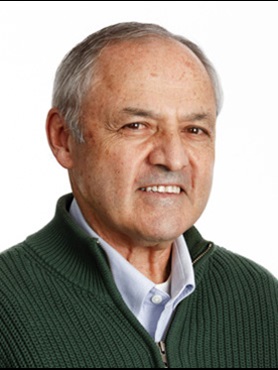
Bar Harbor, Maine – A Jackson Laboratory research team led by Professor Lenny Shultz, Ph.D., reports that a protein involved in wound healing and tumor growth could be a potential therapeutic target.
In one of nature’s mixed blessings, the mechanisms that work to heal cuts and wounds, rebuilding damaged cells, can also go out of control and cause cancer. But understanding those mechanisms could lead to new ways of stimulating healing in wound patients and dialing back cancerous proliferation.
iRhom2 is normally a short-lived protein that controls a cascade of events involved in wound healing as well as tumor growth. By introducing mutations in Rhbdf2, the gene that encodes the iRhom2 protein, the researchers extended the protein’s duration and wound-healing power. And while the altered protein also contributed to the growth of already-present tumors, it did not trigger the spontaneous development of new tumors.
According to Shultz, epidermal growth factor receptor (EGFR) signal transduction plays a major role in growth, proliferation and differentiation of mammalian cells. “This study demonstrates the significance of mammalian iRhoms in regulating an EGFR signaling event that promotes accelerated wound healing and triggers tumorigenesis,” Shultz explains. “Given their ability to regulate EGFR signaling in parallel with metalloproteases, iRhoms can be potential therapeutic targets in impaired wound healing and cancer.”
The Jackson Laboratory is an independent, nonprofit biomedical research institution and National Cancer Institute-designated Cancer Center based in Bar Harbor, Maine, with a facility in Sacramento, Calif., and a new genomic medicine institute in Farmington, Conn. It employs a total staff of more than 1,600.
Hosur et al.: Rhbdf2 mutations increase its protein stability and drive EGFR hyperactivation through enhanced secretion of amphiregulin. Proceedings of the National Academy of Sciences, May 12, 2014.